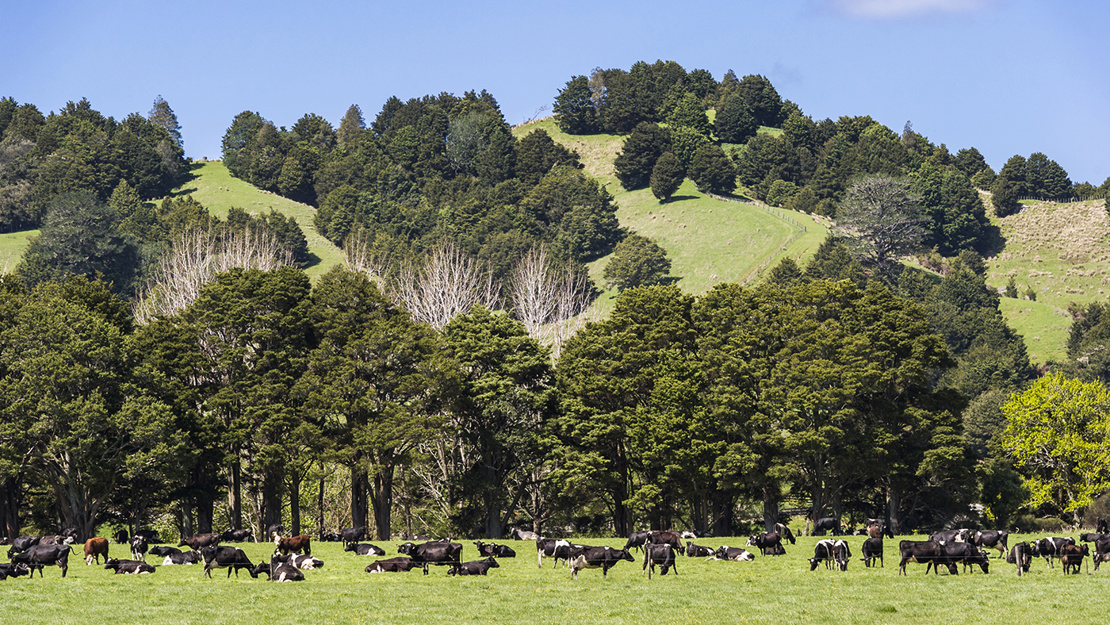Anthropogenic tōtara forest ecosystem (AVS1)
Dominated by tōtara, this novel ecosystem occurs on moderately steep pastoral hill country and along river margins. You can find many forest birds and lizards in this ecosystem including ruru, kōtare and geckos.
Human influenced ecosystem
About this ecosystem
Tōtara has the ability to regenerate rapidly after a catastrophic disturbance such as fire, volcanoes and clearance. It is regenerating as a pioneer species in northern New Zealand. It is unpalatable to stock, is able to grow quickly in short pasture and areas disturbed by stock. In some areas, it forms a monoculture of tōtara with few other species present.
Anthropogenic tōtara forest occurs on moderately steep pastoral hill country with low to moderate soil fertility. It is also present in some localised areas along river margins.
In Auckland, it is common in the hill country in Rodney and parts of the Manukau Ecological District.
Tōtara forest sites that are fenced and have a seed source close by are likely to transition to other forest ecosystems over time.

Flora and fauna in this ecosystem
Tōtara is the dominant colonising species in this ecosystem. Kānuka and mānuka may also be present but these species are suppressed as the tōtara stands mature. Unfenced sites typically have minimal understorey due to stock grazing.
It can support a range of fauna such as:
- kererū (New Zealand pigeon)
- ruru (morepork)
- kōtare (kingfisher)
- piwakawaka (fantail)
- riroriro (grey warbler)
- tūī
- geckos.
Threats to this ecosystem
Nationally, this ecosystem is increasing in marginal hill country. It is one of the few ecosystems that are not considered threatened.



